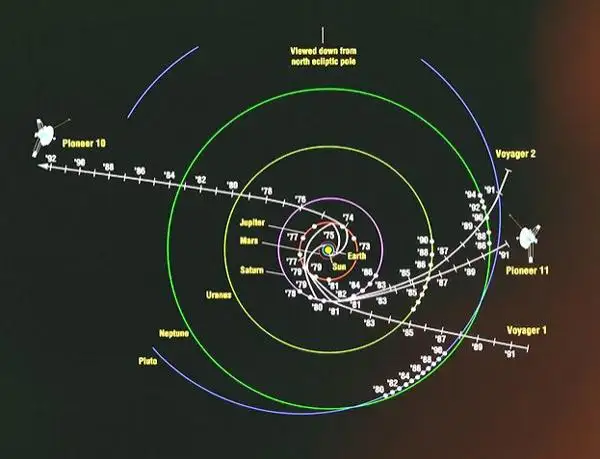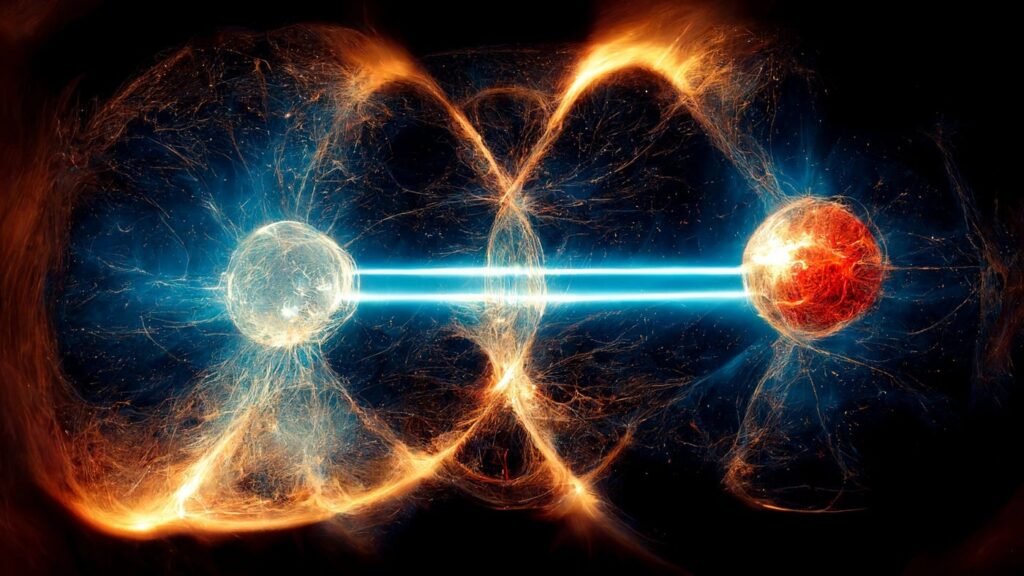Scientific discoveries serve as the cornerstone for the advancement of human knowledge, continually pushing the boundaries of what we understand about the universe. However, some findings stand out for their sheer complexity and the enigmatic nature that makes them difficult to explain. These discoveries often challenge our existing paradigms, requiring us to rethink established theories and explore new avenues of inquiry. This blog post delves into the top five hardest-to-explain discoveries in science, shedding light on why they remain elusive even to the brightest minds.
The intricacies of these discoveries lie in the layers of complexity they present. Often, they involve phenomena that do not conform to the laws of physics as we currently understand them or biological processes that defy conventional wisdom. The difficulty in explaining these discoveries stems from various factors, including the limitations of current technology, the constraints of human cognition, and the ever-evolving nature of scientific inquiry. As we unravel these mysteries, we often find more questions than answers, leading to a continuous cycle of exploration and discovery.
Despite their enigmatic nature, these discoveries are crucial in advancing our understanding of the natural world. They push scientists to develop innovative methods and technologies, fostering a culture of curiosity and resilience in the face of the unknown. Moreover, these challenging findings often have far-reaching implications, influencing various scientific disciplines and sparking interdisciplinary research collaborations. They serve as a testament to the dynamic and ever-evolving nature of science, where each discovery is a stepping stone to even greater understanding.
As we embark on this journey through some of the most perplexing scientific discoveries, it is essential to appreciate the profound impact these findings have on our quest for knowledge. They remind us that the pursuit of science is not just about finding answers but also about embracing the complexities and uncertainties that come with exploring the unknown. Let us now delve into these fascinating enigmas and uncover the mysteries that continue to captivate the scientific community.
Dark Matter and Dark Energy
Dark matter and dark energy represent two of the most perplexing aspects of modern cosmology, constituting approximately 95% of the universe’s total mass-energy content. Despite their overwhelming presence, both remain enigmatic and largely unexplained. The term “dark matter” refers to an unseen form of matter that does not emit, absorb, or reflect light, making it invisible to current detection methods. However, its existence is inferred from gravitational effects on visible matter, such as stars and galaxies. Observations of galactic rotation curves and gravitational lensing provide indirect evidence of dark matter, suggesting it interacts primarily through gravity.
On the other hand, dark energy is a mysterious force driving the accelerated expansion of the universe. Discovered in the late 1990s through observations of distant supernovae, dark energy accounts for roughly 68% of the universe’s total energy. Unlike dark matter, dark energy is thought to be uniformly distributed throughout space, exerting a repulsive force that counteracts gravitational attraction. The most prominent theory explaining dark energy is the cosmological constant, introduced by Albert Einstein, which posits a constant energy density filling space homogeneously. Alternative theories suggest dynamic fields or modifications to general relativity.

The study of dark matter and dark energy poses significant challenges. Since these phenomena do not interact with electromagnetic forces, traditional detection methods like telescopes or particle colliders are ineffective. Instead, scientists rely on indirect observations, such as cosmic microwave background measurements, large-scale structure surveys, and gravitational wave experiments. Despite ongoing research, the exact nature and properties of dark matter and dark energy remain elusive. Advances in technology and methodology, such as more sensitive detectors and sophisticated computer simulations, are crucial for unraveling these cosmic mysteries.
In summary, dark matter and dark energy are fundamental components of the universe that challenge our understanding of physics. Their study not only seeks to explain their intrinsic properties but also aims to uncover deeper insights into the cosmos and its underlying laws.
The Pioneer Anomaly
The Pioneer Anomaly represents one of the most perplexing phenomena in the annals of space exploration. This anomaly was first observed in the trajectories of the Pioneer 10 and Pioneer 11 spacecraft, which were launched in the early 1970s with the primary mission of exploring the outer planets of the solar system. As these spacecraft journeyed into the depths of space, scientists detected an unexpected deviation from their calculated flight paths, a discrepancy that came to be known as the Pioneer Anomaly.
Pioneer 10, launched in 1972, was the first spacecraft to travel through the asteroid belt and make a close encounter with Jupiter. Pioneer 11 followed a year later, conducting a flyby of both Jupiter and Saturn. The anomaly was first noticed when precise tracking data revealed that both spacecraft were experiencing a small but steady acceleration towards the Sun, unaccounted for by known gravitational forces. This deviation, although minute, sparked considerable intrigue and debate within the scientific community.

Various hypotheses have been proposed to explain the Pioneer Anomaly. Some scientists suggested that it could be due to the emission of heat from the spacecraft’s onboard systems, creating a small thrust. Others speculated that it might be the result of errors in the tracking data or even the influence of dark matter or modifications to our understanding of gravity. Despite these hypotheses, no definitive explanation has been universally accepted.
The challenge in understanding the Pioneer Anomaly is compounded by the difficulties in replicating the conditions of deep space. The vast distances, the vacuum environment, and the absence of external forces make direct experimentation nearly impossible. Moreover, the technology available during the Pioneer missions was not designed to measure such minute forces, further complicating efforts to isolate the cause of the anomaly.
The limitations of current technology also play a significant role in resolving this mystery. Modern spacecraft are equipped with more precise instruments, but recreating the exact conditions of the Pioneer missions remains a formidable task. The anomaly continues to be a topic of ongoing research, embodying the challenges and the enduring mysteries at the frontier of space exploration.
Quantum Entanglement
Quantum entanglement is one of the most baffling phenomena in the realm of quantum mechanics. It describes a scenario where pairs or groups of particles become intertwined in such a way that the state of one particle instantaneously affects the state of another, no matter the distance separating them. This interconnectedness defies classical intuition and has far-reaching implications for our understanding of reality and information transfer.
To grasp the essence of quantum entanglement, it is essential to delve into the basic principles of quantum mechanics. In the quantum world, particles such as electrons and photons exist in a superposition of states until they are measured. When two particles become entangled, their properties become linked, and the measurement of one particle’s state will instantly determine the state of the other, even if they are light-years apart. This phenomenon was famously referred to by Albert Einstein as “spooky action at a distance.”

Numerous experiments have demonstrated the reality of quantum entanglement. One of the most notable is the Bell test experiments, which have shown that entangled particles violate Bell’s inequalities, thus providing strong evidence against local realism. These results suggest that either the information is traveling faster than the speed of light or that our conventional understanding of locality and separability in space-time is incomplete.
The implications of quantum entanglement are profound. For instance, it forms the cornerstone of quantum computing and quantum cryptography, promising unprecedented computational power and secure communication methods. However, it also poses philosophical challenges. Entanglement questions the nature of reality, suggesting that particles do not have definite properties until measured, and it challenges the concept of locality, raising paradoxical questions about the interconnectedness of the universe.
In summary, quantum entanglement remains one of the most enigmatic and hardest to explain discoveries in science. It not only challenges our understanding of the physical world but also opens up new realms of technological possibilities and philosophical inquiries. The study of entanglement continues to push the boundaries of science, inviting us to reconsider the very fabric of reality.









